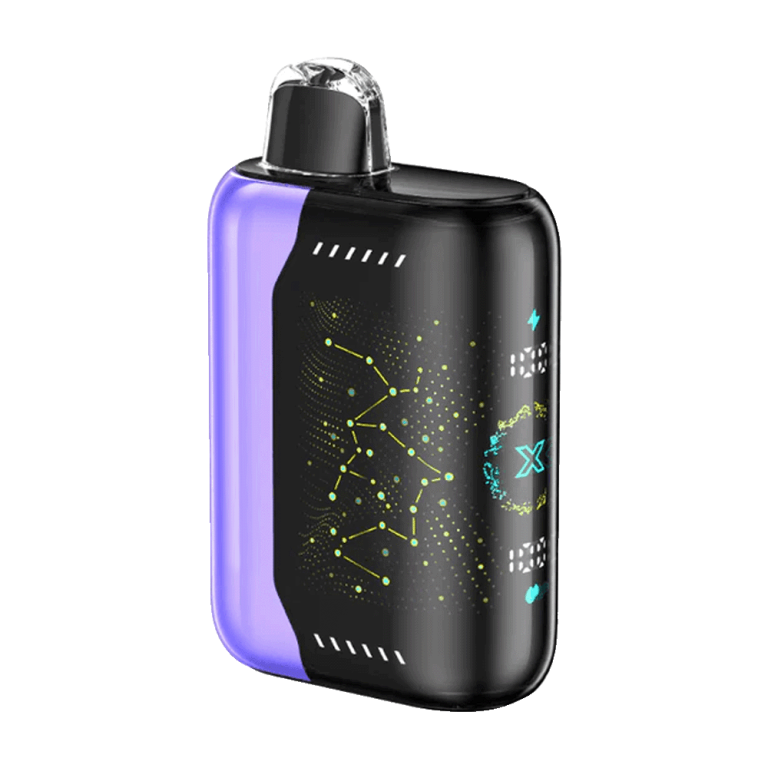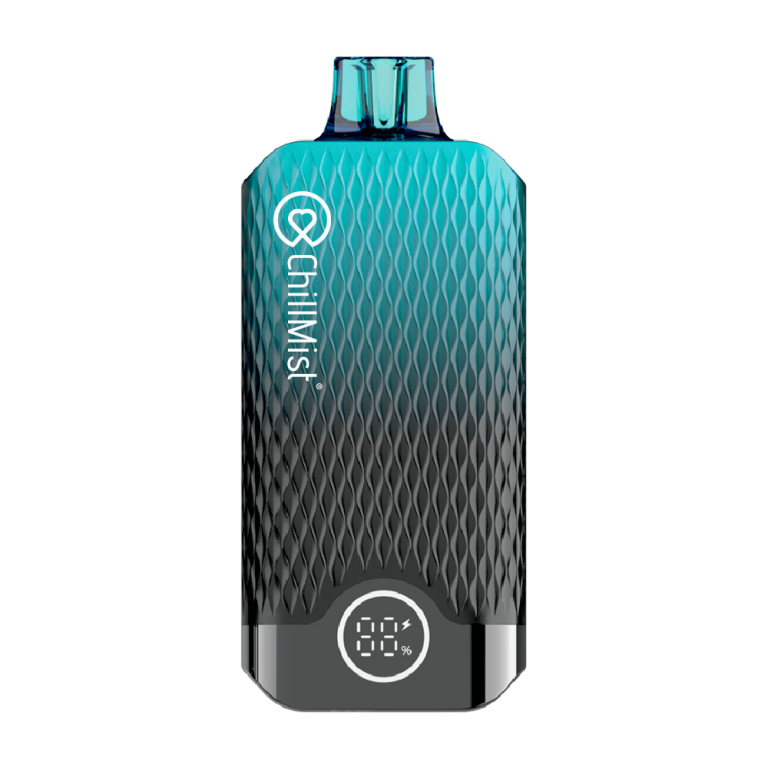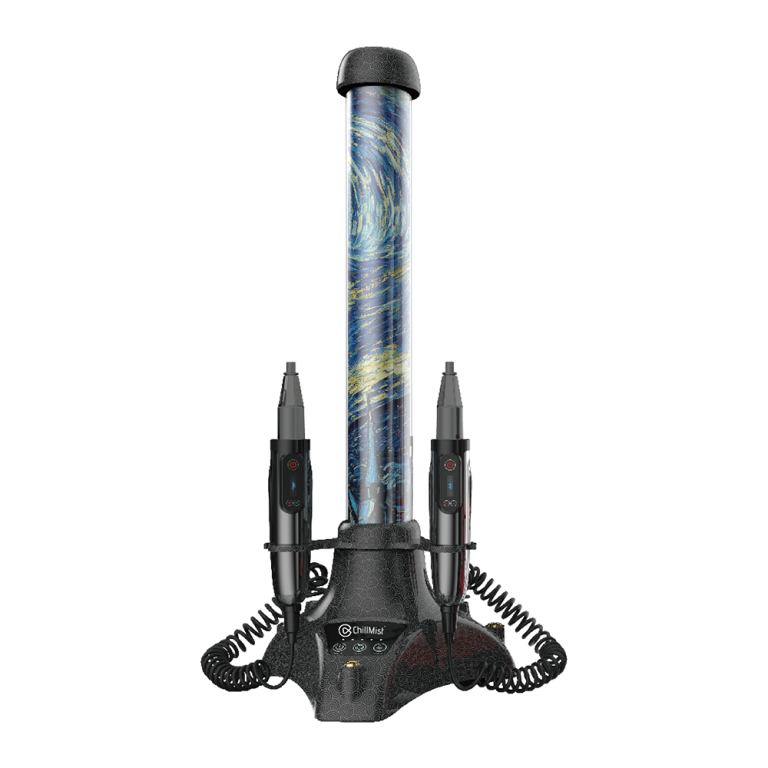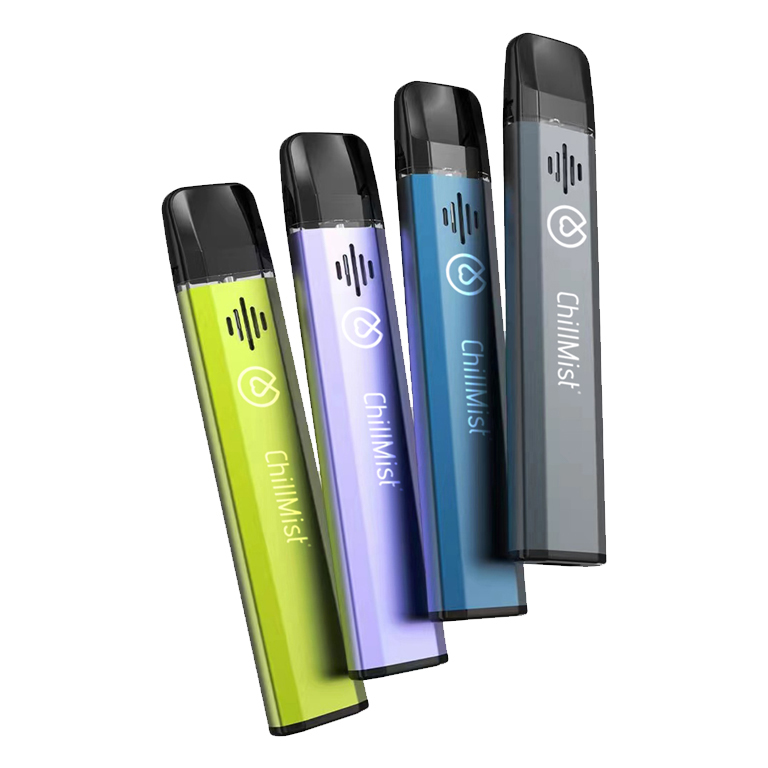Heated tobacco products (HNB) are a relatively recent entry into the world of alternative nicotine delivery systems. Unlike traditional cigarettes that rely on combustion to deliver nicotine, HNB devices heat tobacco to a specific temperature range, releasing nicotine and flavors without burning the tobacco. This controlled heating process is designed to significantly reduce the production of harmful chemicals associated with combustion.

Understanding Combustion and its Harms
Combustion is a chemical process involving the rapid reaction between a substance and an oxidant, usually oxygen, to produce heat and light. In the case of traditional cigarettes, combustion occurs when the tobacco is lit, reaching temperatures exceeding 800°C (1472°F). This high heat breaks down the chemical compounds in tobacco, generating a complex mixture of over 7,000 chemicals, many of which are harmful or potentially harmful.
The harmful chemicals produced by combustion include:
- Tar:A sticky residue that coats the lungs, contributing to respiratory diseases and increasing the risk of lung cancer.
- Carbon Monoxide:A poisonous gas that displaces oxygen in the blood, reducing the body’s ability to transport oxygen to vital organs.
- Carcinogens:Cancer-causing substances, such as benzene, formaldehyde, and arsenic.
- Irritants:Chemicals that irritate the lungs and airways, leading to inflammation and respiratory problems.
HNB Devices: Heating Without Burning
HNB devices aim to provide a less harmful alternative to traditional cigarettes by eliminating combustion from the equation. These devices heat tobacco to a precise temperature range, typically between 250°C and 350°C (482°F and 662°F), which is high enough to release nicotine and flavors but significantly lower than the temperatures required for combustion.
Key Components of an HNB Device
HNB devices typically consist of the following components:
- Heating Element:The core component responsible for heating the tobacco. Different HNB devices employ various heating elements, including carbon-based heaters, ceramic heaters, and metal blades.
- Temperature Control System:A crucial system that monitors and regulates the temperature of the heating element to ensure precise and consistent heating within the desired range. This system is essential to prevent combustion and deliver a consistent user experience.
- Tobacco Stick:Specially designed tobacco sticks containing processed tobacco leaves, glycerin, and flavorings. These sticks are inserted into the HNB device and heated by the heating element.
- Power Source:HNB devices are typically powered by rechargeable batteries that provide the energy needed to heat the tobacco stick.
Heating Mechanisms in HNB Devices
HNB devices employ various heating mechanisms to achieve controlled tobacco heating without combustion. Some common mechanisms include:
1. Conduction Heating
Conduction heating involves direct contact between the heating element and the tobacco stick. In this method, the heating element, often a metal blade or a ceramic rod, is inserted into the tobacco stick. When the device is activated, the heating element rapidly heats up, transferring heat directly to the surrounding tobacco.
2. Induction Heating
Induction heating utilizes electromagnetic fields to generate heat within the tobacco stick. In this mechanism, an induction coil within the HNB device generates a fluctuating magnetic field. This field induces eddy currents within a metal component embedded in the tobacco stick, causing it to heat up. The heat from this metal component is then transferred to the surrounding tobacco.
3. Hybrid Heating
Some HNB devices employ a hybrid heating mechanism that combines elements of conduction and induction heating. This approach aims to optimize heat distribution within the tobacco stick and provide a more consistent and flavorful experience.
Temperature Control: The Key to Preventing Combustion
Regardless of the specific heating mechanism used, precise temperature control is paramount in HNB devices to prevent combustion. This control is achieved through sophisticated electronic systems that continuously monitor the temperature of the heating element and adjust power output accordingly.
Key features of temperature control systems include:
- Sensors:Temperature sensors embedded near the heating element constantly monitor the temperature and provide feedback to the control system.
- Microprocessor:A microprocessor analyzes the data from the sensors and adjusts the power supplied to the heating element to maintain the desired temperature range.
- Feedback Loop:A feedback loop ensures that the power output is dynamically adjusted based on the sensor readings, preventing the temperature from exceeding the combustion threshold.
Benefits of Controlled Heating
The controlled heating process in HNB devices offers several potential benefits compared to traditional cigarette smoking:
- Reduced Exposure to Harmful Chemicals:By eliminating combustion, HNB devices significantly reduce the production of tar, carbon monoxide, and many other harmful chemicals associated with burning tobacco.
- Lower Health Risks:While not risk-free, the reduction in harmful chemicals suggests that HNB devices may carry lower health risks compared to cigarettes, particularly concerning respiratory and cardiovascular diseases.
- Potentially Less Harmful for Bystanders:The absence of sidestream smoke, the smoke released from the burning end of a cigarette, could make HNB devices less harmful to those exposed to secondhand smoke.
- Similar Sensory Experience:HNB devices aim to replicate the sensory experience of smoking, including the taste, aroma, and ritualistic aspects, which may make them more appealing to smokers looking for alternatives.
The Importance of Research and Regulation
While HNB devices hold promise as potentially less harmful alternatives to cigarettes, thorough research and appropriate regulation are essential to:
- Confirm Harm Reduction Claims:Further research is needed to fully understand the long-term health effects of HNB use and to validate claims of reduced harm compared to cigarettes.
- Establish Safety Standards:Robust safety standards and regulations are necessary to ensure the quality and consistency of HNB devices and their tobacco sticks, minimizing potential risks to users.
- Prevent Youth Uptake:Regulations should address concerns about the potential appeal of HNB devices to youth and non-smokers, including restrictions on marketing and flavorings.
- Inform Public Health Policies:Evidence-based research and comprehensive regulations are crucial to inform public health policies regarding HNB products and their role in tobacco harm reduction strategies.
Conclusion
HNB devices offer a novel approach to nicotine delivery that aims to reduce the harms associated with traditional cigarette smoking. By utilizing controlled heating mechanisms and sophisticated temperature control systems, these devices heat tobacco without combustion, significantly reducing the production of harmful chemicals. While further research is needed to fully understand their long-term health effects, HNB devices represent a potential harm reduction tool for smokers who are unable or unwilling to quit nicotine entirely. The responsible development and regulation of these products are crucial to maximize their potential benefits and minimize unintended consequences.



























